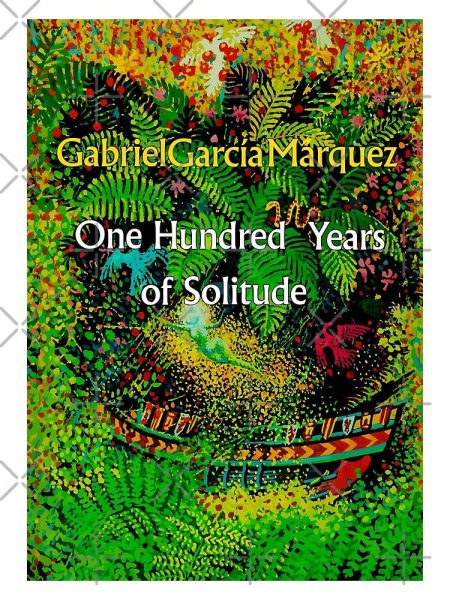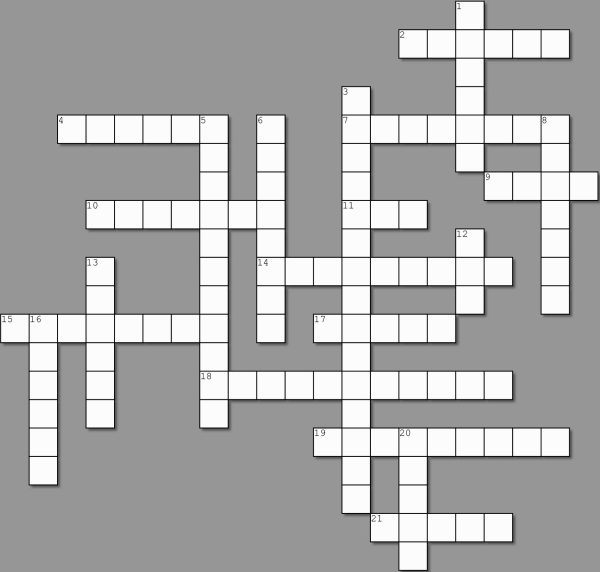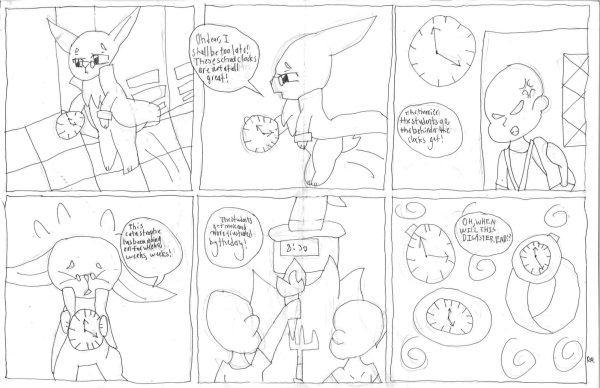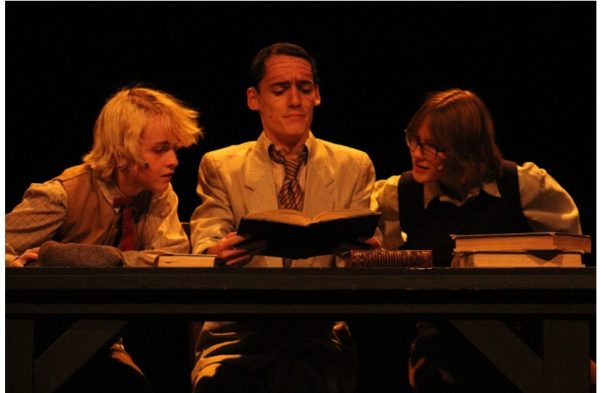EYSO embarks on its new season: “Flipped”
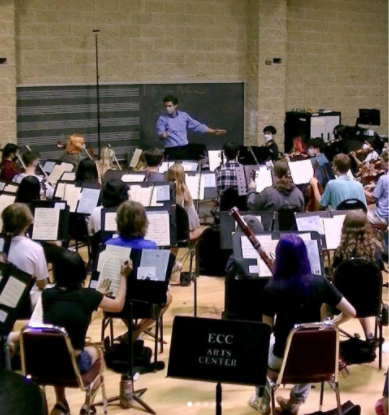
The Elgin Youth Symphony Orchestra offers area muscians an opportunity to learn and explore. Photo by Lynn Martin
The Elgin Youth Symphony Orchestra (EYSO) kicks off their year-long season this month with musicians from all around the Chicago area and Illinois. The local youth orchestra, established in 1976, begins their new season with the annual theme: Flipped, after being named 2021 Illinois Youth Orchestra of the Year. Their season officially kicked off on September, with the first round of weekly rehearsals for all their symphony orchestras, string ensembles, percussion ensembles, brass choir, and flute choir.
The annual “Fall Camp” retreat took place in August at Fox Valley Christian Action, where students familiarized themselves with their ensembles. Retreats for each group ranged from a few hours for the younger ensembles to two days of rehearsals for Youth Symphony, the flagship orchestra.
In early August, EYSO students received their music for the first concert in November. String instrument players were expected to prepare their music in time for fall semester seating auditions prior to Fall Camp. Students had multiple weeks to prepare their instruments’ parts prior to these playing checkups, but specific excerpts were not released until a day before the audition recordings were due.
Jacy Jacobus, senior at East and violinist in EYSO’s Youth Symphony, says “Shostakovich’s Symphony 5 was definitely the most rigorous to learn both individually and with the group, but even the more technically simple pieces have difficult meanings to understand.”
Jacobus explains the process of preparing the music for Fall Camp: “I looked for sections that looked the most difficult technically and listened to recordings of the music.”
The ensembles are playing pieces from Shostakovich, Verdi, Schubert, and other great composers in this concert cycle. Youth Symphony’s main piece is Symphony No. 5 written by 20th century Russian composer Dmitri Shostakovich.
“The music pushes us to better understand the story and context behind them,” Jacobus says. She shares how the music of Shostakovich’s symphony resembles what he went through under the Soviet Union, through “tempo choices such as marches throughout the symphony, as well as tension made by the negative space.”
The EYSO has a tradition with annual season themes. Recent themes have included Elemental, Move, Myths and Legends, and even the children’s book, The Little Prince. This year’s season theme is named Flipped, centering on the difference a change in perspective can make in music and in life. This season’s three concerts also have their own themes related to the idea of Flipped, the first of which is titled Negative Spaces.
Matthew Sheppard, artistic director of EYSO and conductor of the Youth Symphony, says, “People get really good at playing their instruments and pushing the buttons on their instrument, but not necessarily at engaging intellectually or spiritually or emotionally… what the theme does is it forces everybody to engage with more than just the music or just the concert.”
Sheppard explains how the purpose of a theme is also to give students more to take away from in their long-term endeavors, as he states, “It gives long term transferable learning outcomes from every piece of music, every concert, every season.”
The theme is chosen in a deliberate process, starting with ideas Sheppard creates over the summer and fall. He then discusses them with the rest of the EYSO staff.
This year in particular, however, Sheppard explains why EYSO chose Flipped as its theme: “It felt like sort of an encapsulation of our expert noticer concept.” He further explains how Flipped represents being an expert noticer, but is also “putting things upside down and really overt about it.”
According to Sheppard, Flipped forces the audience to go outside of their comfort zone and “to go outside of what you might normally sit with and examine things from somewhere else.”
The repertoire for Negative Spaces exhibits many of the qualities of silence and tension created by empty space.
Stillness and silence are major traits of the pieces being played, from the tension of Shostakovich’s Symphony No. 5 to the comedic relief of Ermanno Wolf-Ferrari’s overture to Il Segreto di Susanna.
As Sheppard puts it, “A chance to explore that [negative space] opens our eyes to how silence, how space, how context even makes a difference in how we engage within the world.”



![This picture shows the “plastics,” [left to right] Karen, Regina and Gretchen. Photo courtesy of Printerval.](https://eastxray.com/wp-content/uploads/2024/04/brynn.MEANGIRLSENTERTAINMENT.JPGCOLORED-450x600.jpg)
